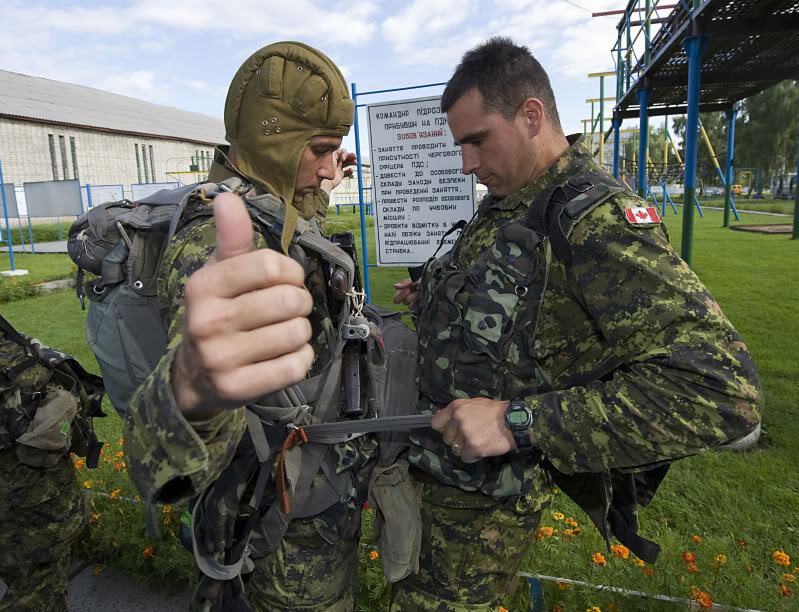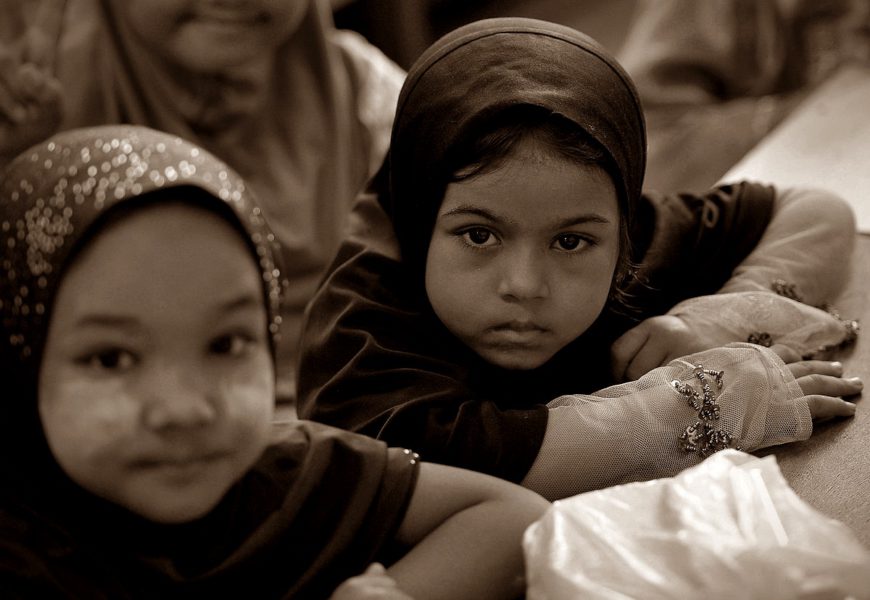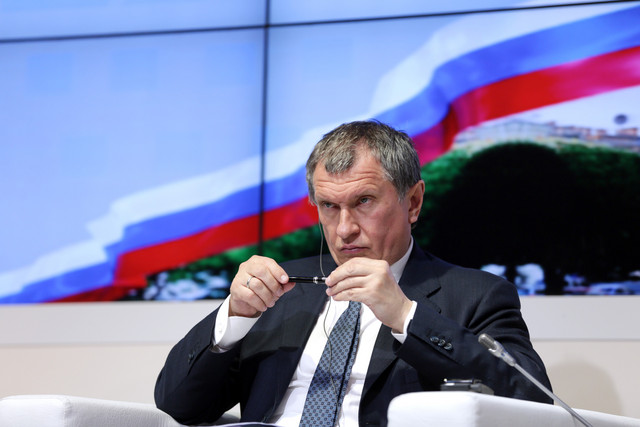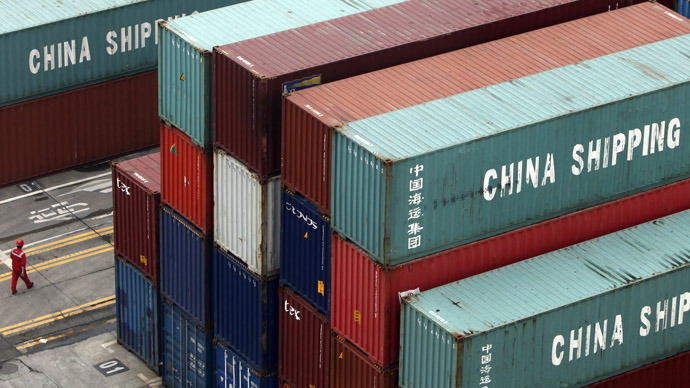The conclusion of the 2014 Wales Summit brought forth the Readiness Action Plan (RAP). Designed to further bolster NATO security, strength and transatlantic defence initiatives. Currently, Canada ranks sixth among financial contributors, with significant contributions across NATO structures. In the future, Canada could look to increase its contributions and further facilitate what has been a beneficial relationship with its European Allies. The Declaration from the Wales Summit emphasizes, “The Plan strengthens NATO’s collective defence. It also strengthens our crisis management capability. The Plan will contribute to ensuring that NATO remains a strong, ready, robust, and responsive Alliance capable of meeting current and future challenges from wherever they may arise.”
Under the umbrella of the RAP, Canada has already committed to the increase of fighter jet patrols on air-policing missions in the Baltic region. As well, there is an increase in contributions to exercises; Trident Juncture; primarily to be hosted by Italy, Portugal and Spain in October and November 2015, represents the cumulative efforts of NATO in one of the largest training exercises in the past decade. In preparations for this, Canada set up its own training program JOINTEX, the first part of which took place in Kingston, Ontario in January and February, 2015. The second part will be done in Meaford, Ontario in September and October. Together, Canada has demonstrated a significant contribution to NATO’s joint security and exercises to increase effectiveness.
The question then becomes, what comes next for Canada and NATO?
The answer could be a foreign Canadian Armed Forces (CAF) base in Eastern Europe. Since as early as 2012 the CAF have been contemplating the expansion into other parts of the world. One of the main goals of RAP is to establish multinational NATO command and control facilities in its eastern allies Bulgaria, Estonia, Latvia, Lithuania, Poland and Romania. Currently Canada has spent about Can $20.1 billion on military expenditures in 2015, with incremental increases coming in the future budget totalling Can $11.8 billion. Perhaps this is an opportunity for Canada to act on its previously considered expansion.
The multinational bases will function on a rotation basis and be designed to focus on planning, exercises and bolstering collective defence. These are noble goals and represent a rare opportunity for Canada to take a leadership role within NATO. Historically, Canada has received high praise from its European allies for its contributions and commitment to transatlantic security.
A 2013 RAND Corporation report outlining the cost of US foreign military bases estimated costs at approximately US $50 million, a dramatically higher price tag than the Can $500,000 budget CAF had in 2012 for that line item. The RAND estimate accounts for rotational control of the base, which determined that the costs of a rotational presence could be as high as a permanent one. While this could be a stretch for CAF which is already providing a great deal of support to NATO, an increasing budget coming in the next decade could offer an excellent chance for Canada to further extend its resources into NATO operations in Eastern Europe.
The commitment to a foreign base on a rotational basis would offer an excellent opportunity for Canada to strengthen its regional presence and continue supporting transatlantic cooperation. It would allow Canada to take a significant role in preparation and management of the High Risk Readiness Task Force and the newly formed Very High Risk Readiness Task Force (better known as the ‘Spearhead Force’). The Wales Summit Declaration calls on Canada and other members to “reaffirm our commitment to fulfil all three core tasks set out in our Strategic Concept: collective defence, crisis management, and cooperative security.” Canada has an opportunity to pursue this goal by reaffirming commitment and showing support by taking command on a rotational basis of a base in Eastern Europe.




